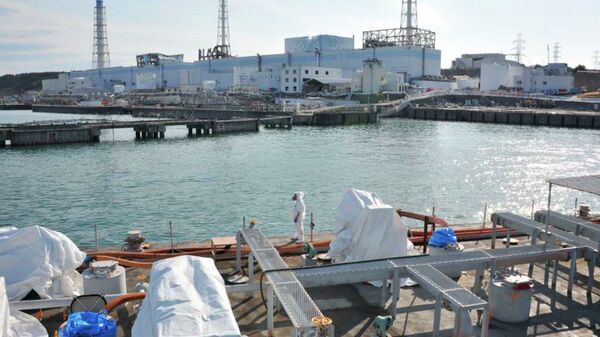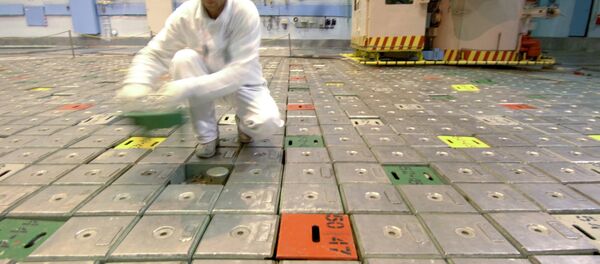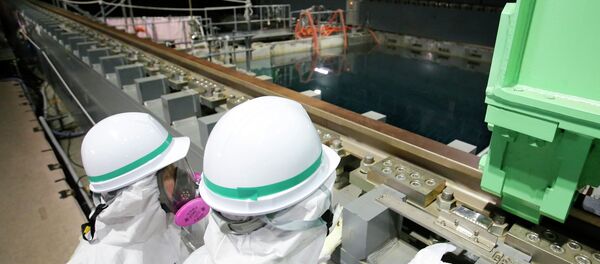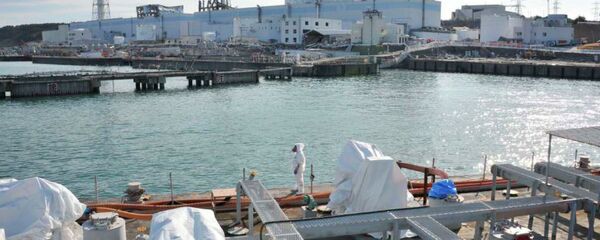In April, TEPCO started experimentally freezing the highly contaminated water accumulated in the underground tunnels of the plant to prevent it from pouring into the ocean.
For that purpose, the company began to build an "ice wall" of the frozen soil around the four disaster-hit reactors. However, it was impossible to freeze all of the water, due to the structural peculiarities of the tunnels.
The issue of radioactive water remains one of a few unsolved concerns in Fukushima following the catastrophe.
In March 2011, Japan was hit by a massive magnitude 9.0 earthquake and subsequent tsunami, claiming more than 15,000 lives and causing a number of explosions at the Fukushima nuclear power plant.
Last August saw the worst radioactive water leak at the crippled Fukushima plant since the 2011 disaster, after 300 tons of water with strontium levels equaling 80 million becquerels per liter leaked from a storage reservoir into the Pacific Ocean. The leak was then classified as a level three incident on the International Nuclear Event Scale (INES).





